People, nature is untamed. And we don’t merely use the term in the synonymous sense. If we choose to, we can use metaphors. After all, it is the twenty-first century. However, we are not here to lecture you on semantics. We inform you of the animal kingdom’s most ridiculous species.
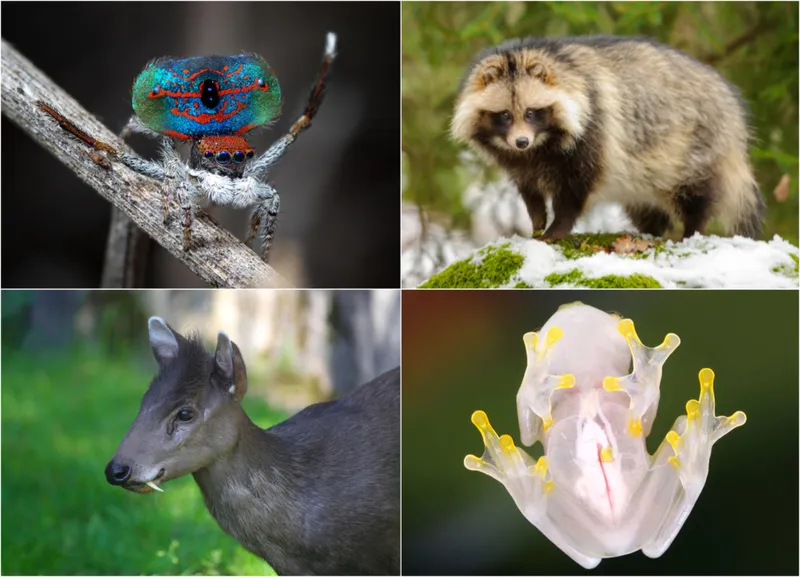
Alamy Stock Photo
You’re probably wondering, haven’t we read it before? And yes and no are both correct answers. Yes, you have read the odd animal section of our prior essay. No, that wasn’t everything contained in that. It turns out that there are many more beautiful creatures in nature that you can observe. These are them.
Continue reading to find out more about the many More Bizarre Animals That You Won’t Believe Exist
1-Shoebill
The form of the beak on this huge, stork-like bird gives it its name. It resembles a shoe in certain ways. Although ancient communities in Egypt and Arabia were aware of the bird, it wasn’t until John Gould classified it in the nineteenth century.
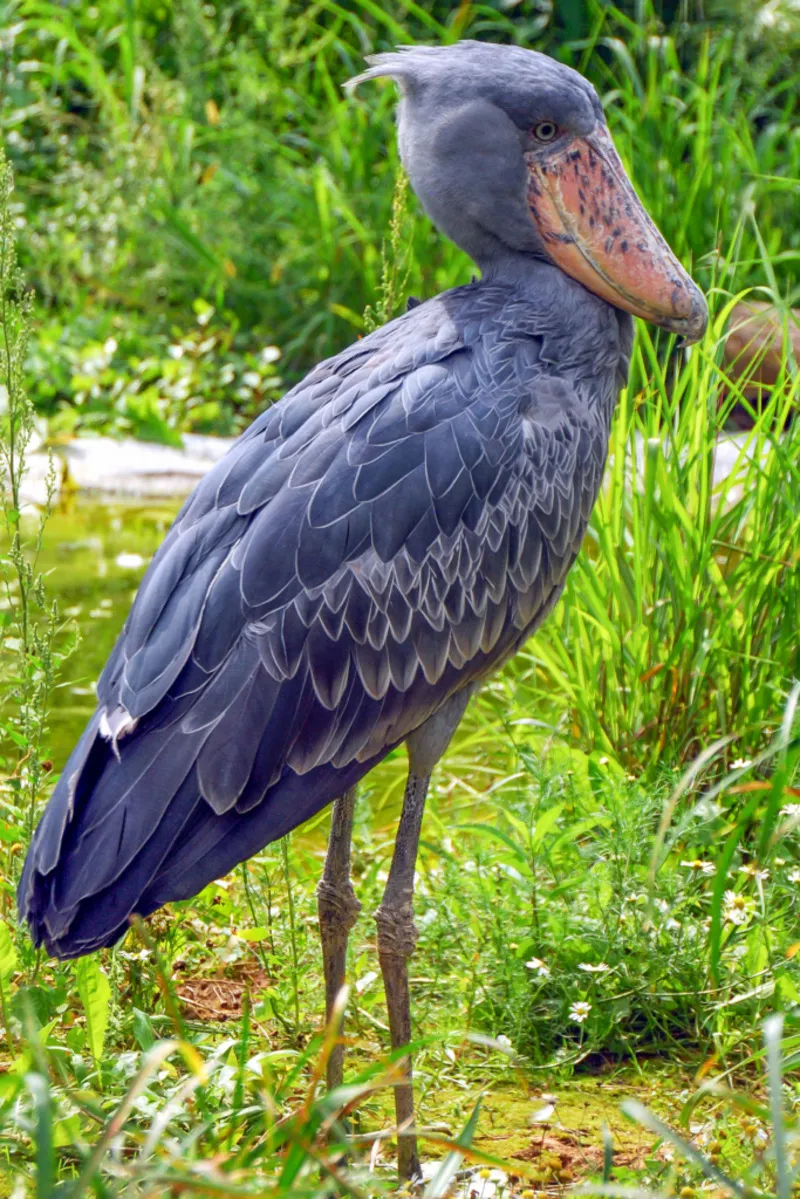
The bird’s unique bill is its most recognizable characteristic; it is used to snag and hold onto the enormous, slippery fish that they like to eat. Until their prey is within striking distance, the birds will hold still in the water. They will plunge, or simply fall, into the water at the appropriate moment, open bills ready to scoop up some supper.
2-Raccoon Dog
Don’t be fooled by the charming façade. Although raccoons and dogs are accustomed to living close to people, these animals is unquestionably wild. East Asian and Eastern European woodlands are home to raccoon dogs, which the natives refer to as neoguri, tanuki, or mangut.
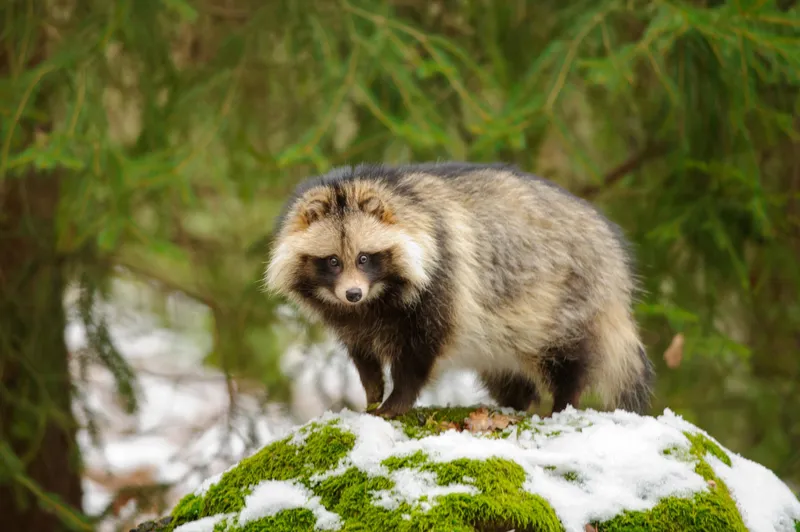
Alamy Stock Photo
It’s rare to see these raccoon-like wild dogs outside of their dens during the day. They are nocturnal by nature and prefer to roam the countryside and hunt after sunset.
3-Giant Isopod
Generally speaking, isopods don’t get very big. Something that you’re probably pleased to hear as you look at the photo. One of the over twenty species of huge isopods in the genus Bathynomus is the giant isopods.
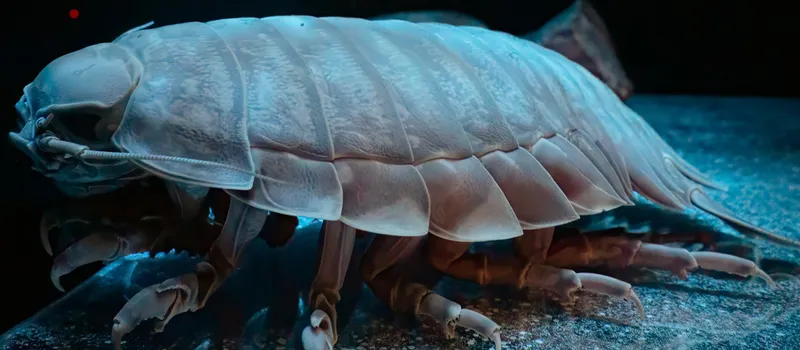
Shutterstock
Found mostly in the cold, deep waters of the Atlantic, Pacific, and Indian Oceans, their large size is due to something called deep-sea gigantism. It is the tendency for creatures of the deep sea to grow much larger than similar species that reside in shallower water.
4-Pacu Fish
The pacu fish is similar to most other fishes in most respects. most often. The pacu fish has healthy teeth that uncannily resemble human teeth, as you can see in the image.
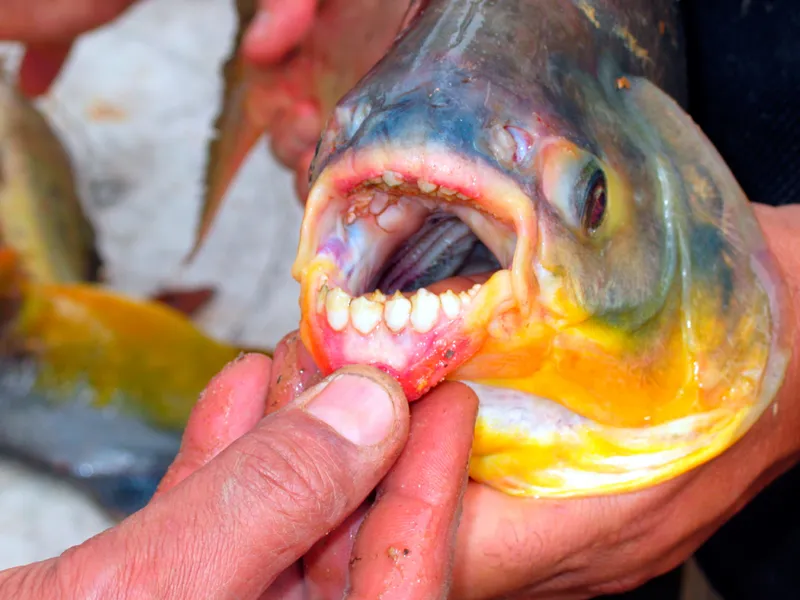
Alamy Stock Photo
Fishermen from Papua New Guinea, where the fish is found, have to take extra steps to guard against this fish’s potential aggression in order to protect sensitive locations. The piranha, another omnivore fish with teeth, and the pacu fish are related. The pacu, in contrast to piranhas, has teeth that are more suited to grinding and eating than ripping since they mostly consume plant matter. Pacu can reach lengths of about four feet.
5-Mantis Shrimp
One of the most unusual animals you’ll come across on this list is the mantis shrimp. They go by the names sea locusts, prawn killers, and “thumb splitters.” But why, you may wonder.
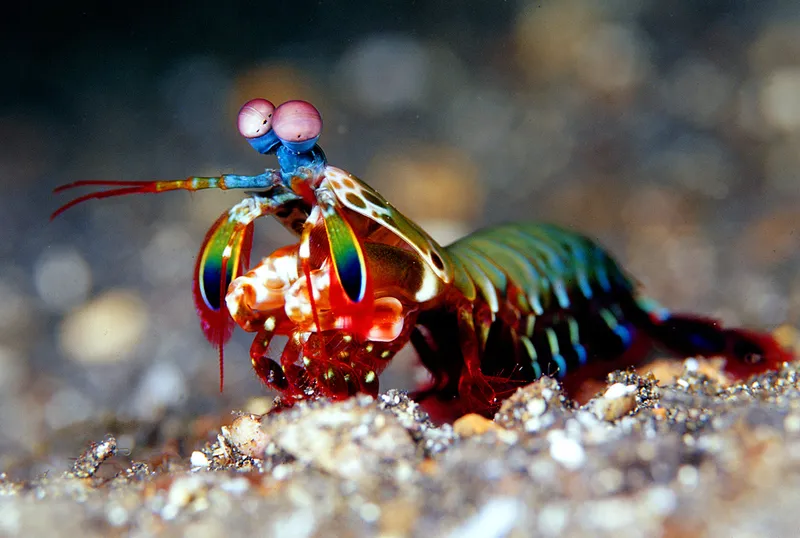
One of the most fascinating animal facts you may discover is that the mantis shrimp is a predator that hunts solely with its fists in tropical and subtropical waters. With an acceleration that is more than ten thousand times that of gravity, they can strike underwater with such force and speed that the cavitation bubbles they produce in the water are unique. The bubbles burst, exerting a force of 1500 newtons around their victim.
6-Hummingbird Hawk-Moth
What happens if you combine the bodies of three flying creatures? You receive the hawk-moth hummingbird. Which one is this then? It turns out to be a moth, although it produces a similar humming sound and feeds on flowers much like a hummingbird. It also has a hummingbird-like appearance. We don’t know why they added “hawk” to the name. They are an eccentric group of scientists.
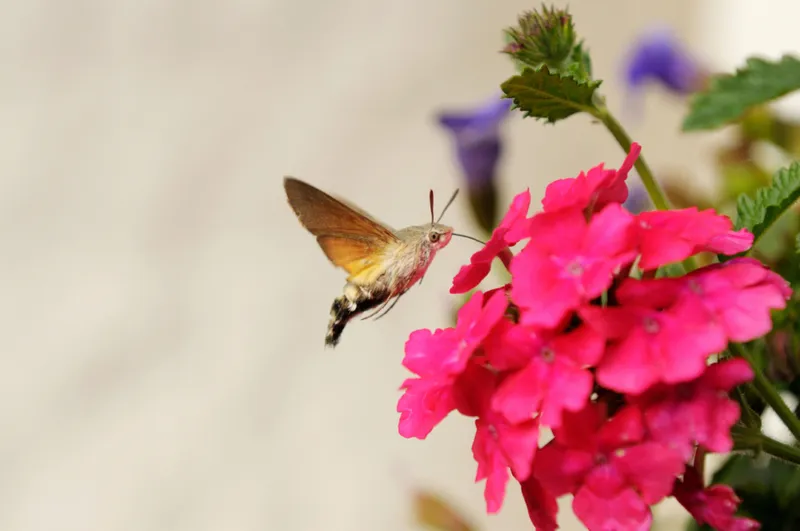
With the exception of the Americas, a large portion of the northern hemisphere, from Portugal to Japan, as far south as the equator, and as far north as the Arctic Circle, is home to the hummingbird hawk-moth. It’s also really adept at distinguishing colors.
7-Umbonia Spinosa
Although it’s a little difficult to identify what kind of animal this is, if you look closely enough, you can see a bug there. These animals, sometimes known as thorn bugs, are linked to those annoying cicadas that live in the trees.
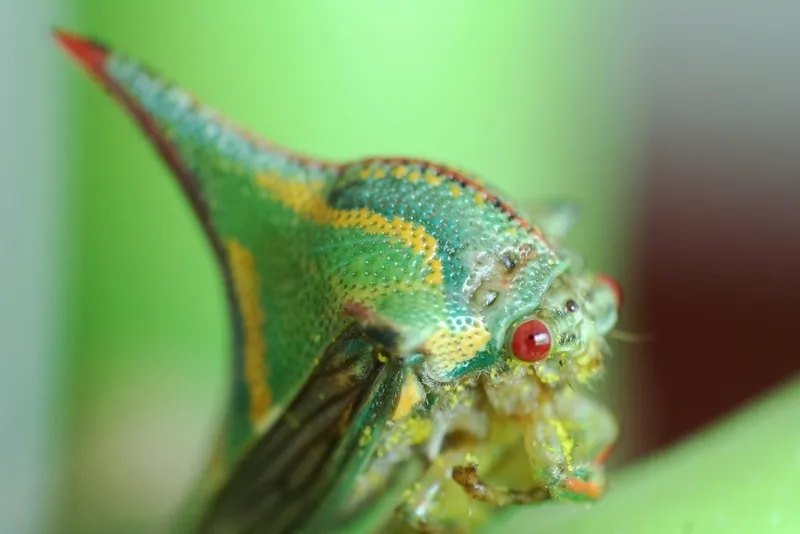
They penetrate plant stems with their beaks in order to extract the sweet sap. Their distinctive feature is a huge, vibrant dorsal horn. The horn’s term, “thorn,” comes from the way it gradually tapers to a point. The young form of this beetle, whose spines are still soft after molting, is regarded as edible by the native South American populations.
8-Goblin Shark
The goblin shark, sometimes referred to as a “living fossil,” is the only surviving member of the 125 million-year-old Mitsukurinidae family.
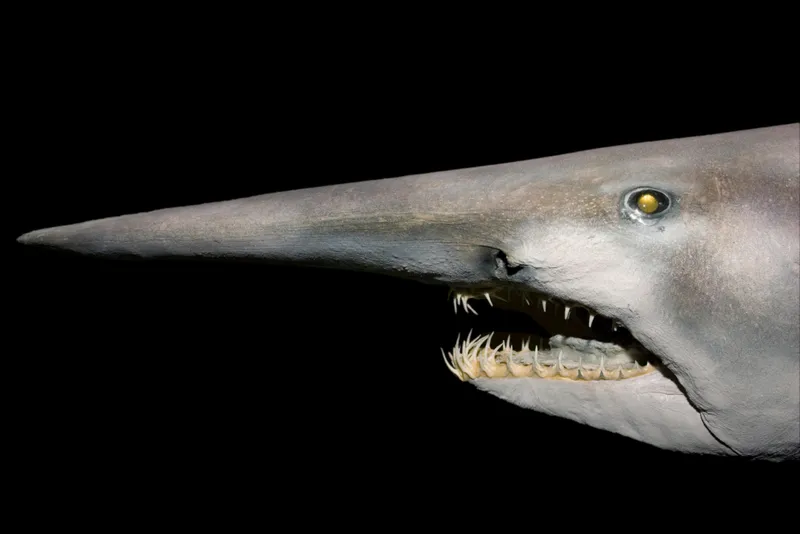
There are goblin sharks all over the planet, always at depths greater than a hundred meters, with adults going even deeper. We’re confident you can think of a nice name for them. The goblin shark does not threaten humans, but if you go swimming at night and it brushes past you, the water will suddenly become warmer.
9-Gobi Jerboa
The Gobi Jerboa originates from the Gobi Desert in China and Mongolia, as its name suggests. Glover Morrill Allen only made this species’ discovery a century ago.
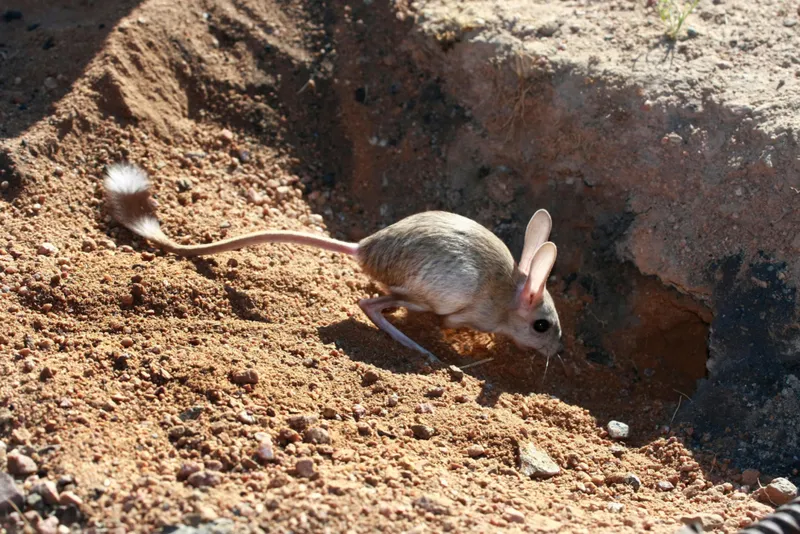
Although the exact number of individuals of this species is unknown, due to their frequent occurrences, they have been given the “least concerned” conservation classification. This creature moves swiftly and lightly, with long ears and spindly, leaping legs. The animal’s tail, which is often much longer than its body, frequently drags on the ground.
10-Cantor’s Giant Soft-Shelled Turtle
Any third-grader will mention turtles’ large shells as the first thing that comes to mind when asked about them. Some turtles, like this pancake guy, choose to disregard the custom.
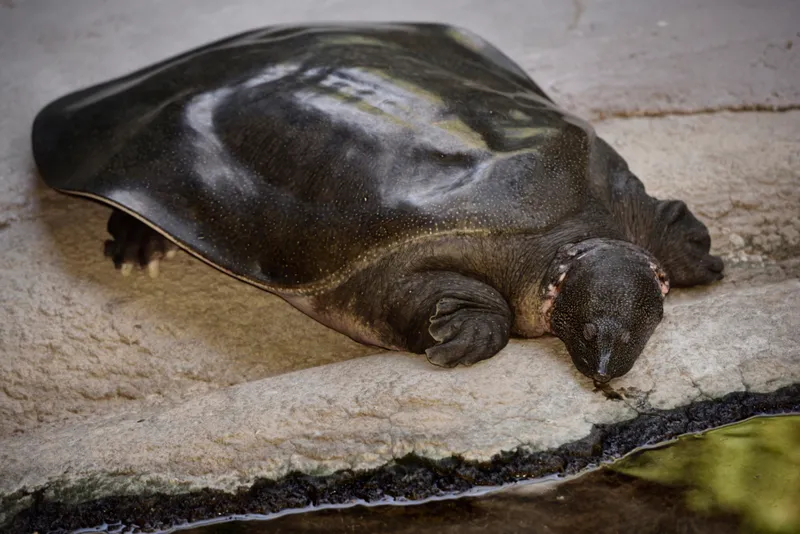
Consider some of the largest freshwater turtles still living; contrary to some reports, some claim they can reach six feet in length. The largest specimen measured 51 inches in length and weighed over 550 pounds, according to research. These turtles are, of all things, ambush predators that prey on fish, mollusks, crustaceans, and aquatic plants in addition to other prey. It lives underground and unmoving for 95% of its time. the same, my man.
11-Yeti Crab
These aquatic critters are equipped to withstand the cold. Yeti crabs, often called yeti lobsters, are named after the fabled Yeti, a mythical animal rumored to dwell in the Himalayas. They are members of the superfamily Chirostyloidea and have their own family, the Kiwaidae.
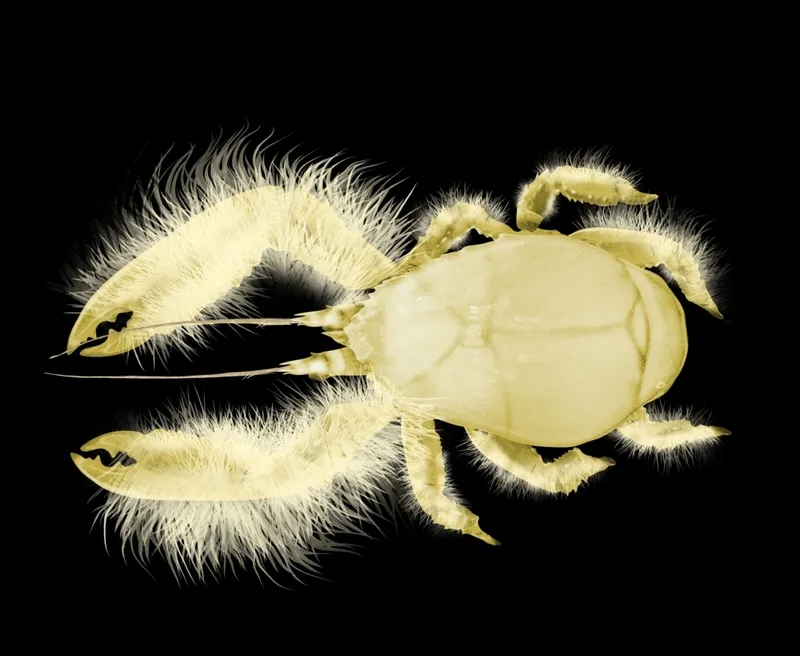
The places where hydrogen sulfide, methane, and other fluids aggregate into pools on the ocean floor are called deep-sea hydrothermal vents and cold seeps, despite the fact that they appear to live in frigid temperatures. They frequently have warmer water than usual. Their large forearms, which have a hairy, bristly appearance, are actually for protection and for locating food.
12-Zebra Duiker
This tiny antelope is predominantly found in Liberia, though it can also be spotted on occasion in Guinea, the Ivory Coast, and Sierra Leone. It is frequently referred to as a banded duiker or a stripped-back duiker and is regarded to be among the earliest duiker species.
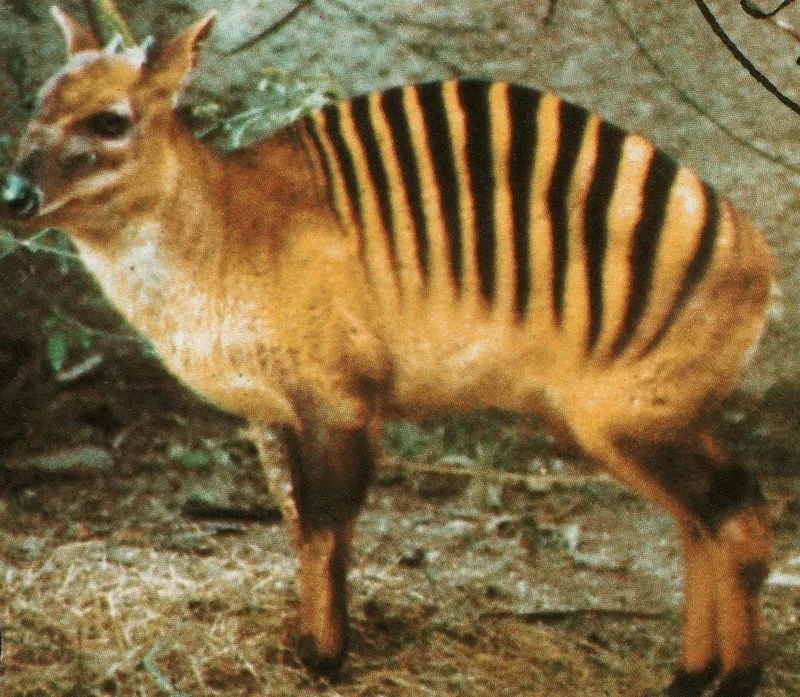
The creature’s distinctive physical feature, which gave rise to the creature’s blatant name, is the black stripes that encircle the top of its body. The average size of these duikers is less than three feet, and they typically weigh less than fifty pounds. In comparison to other antelope species, they are extremely small. Due to their characteristic bigger size, females are more likely to support longer gestation periods.
13-Lamprey
Well, everyone, it’s been enjoyable. There are many adorable creatures that we have seen, but this one stands out. Lampreys are dreadful, dreadful creatures that aren’t quite from your nightmares, but they’re coming.
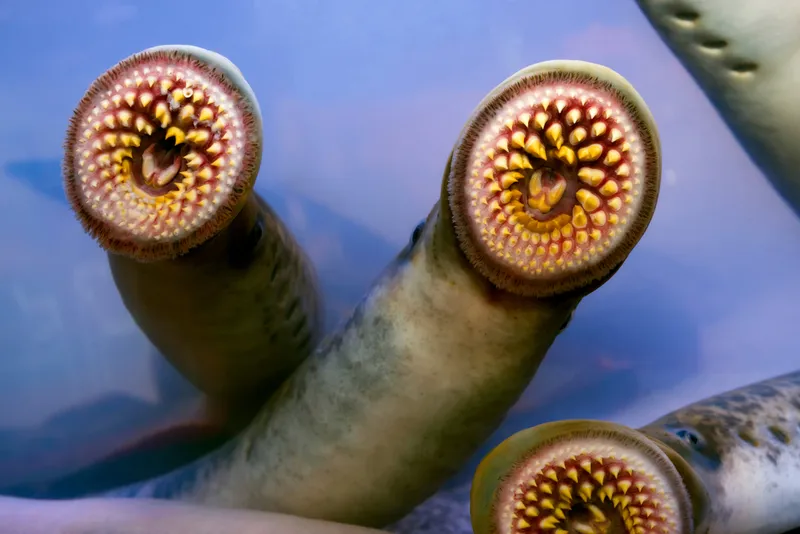
They belong to a long-extinct suborder of fish called “Petromyzontiformes” that lack jaws. Lamprey derives its name from the Latin word Lampeter, which roughly translates to “stone licker.” There are 38 recognized live species of lampreys, as well as 5 extinct varieties. The majority of the species feed by burrowing into the flesh of other fish and sucking their blood; they are parasitic predators. Yes, it’s really disgusting. Less than half of the species follow this path, though.
14-Dugong
Are you prepared to capture them all in the real world? The Pokemon creators were inspired by this marine mammal while creating the Dewgong in the first generation. They are still uncommon creatures even though the genuine ones lack horns and are unable to shoot water jets that are powerful enough to cause harm.
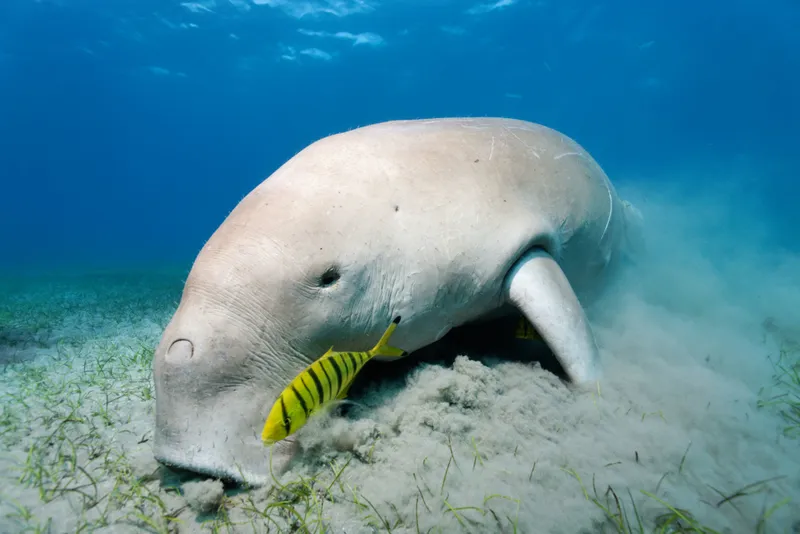
Alamy Stock Photo
It lacks a dorsal fin and hind limbs, similar to the other members of its order (“Sirenia”) of animals. It can be identified by its fluked tail, which resembles a dolphin’s, as well as by its distinctive cranium and teeth. The nose turns sharply downward, allowing it to consume its preferred benthic seagrass. Their molar teeth resemble pegs, unlike manatees.
15-Naked Mole-Rat
If you like the old Disney animation “Kim Possible,” then you already know a lot about this. Introducing the nude mole-rat, which is at once terribly unsettling and adorable for the rest of you.
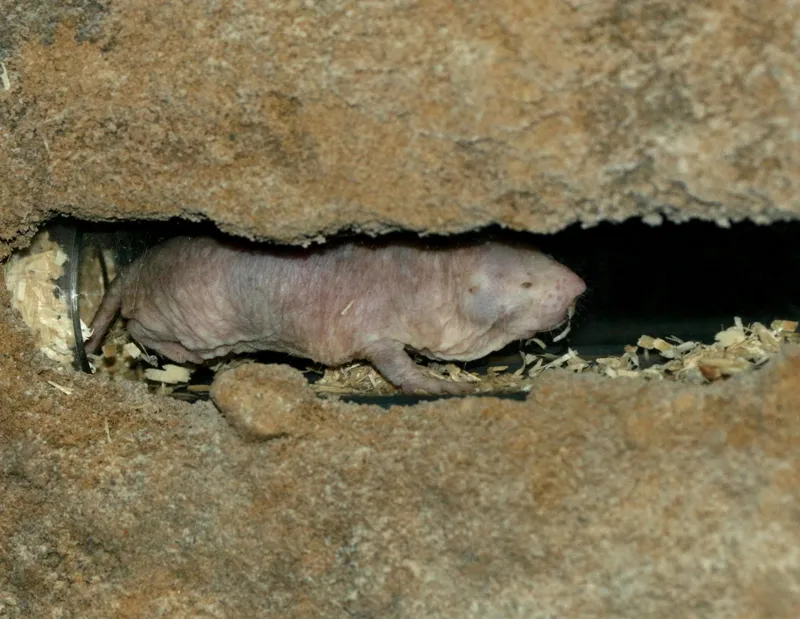
Alamy Stock Photo
There is only one species of these burrowing mice in the rodent family’s “Heterocephalus” genus. Its peculiar physical characteristics—hairlessness, pain insensitivity, and an odd way of controlling body temperature—make it uniquely suited for the harsh environment of East Africa. They are the only eusocial mammals in the world, along with the Damaraland mole-rat. Consider a swarm of naked mole rats instead of bees because bees are also eusocial.
16-Patagonian Mara
The Patagonian mara, also called the Patagonian cavy, Patagonian hare, or delay, is a species of herbivorous rodent related to capybaras, beavers, and porcupines.
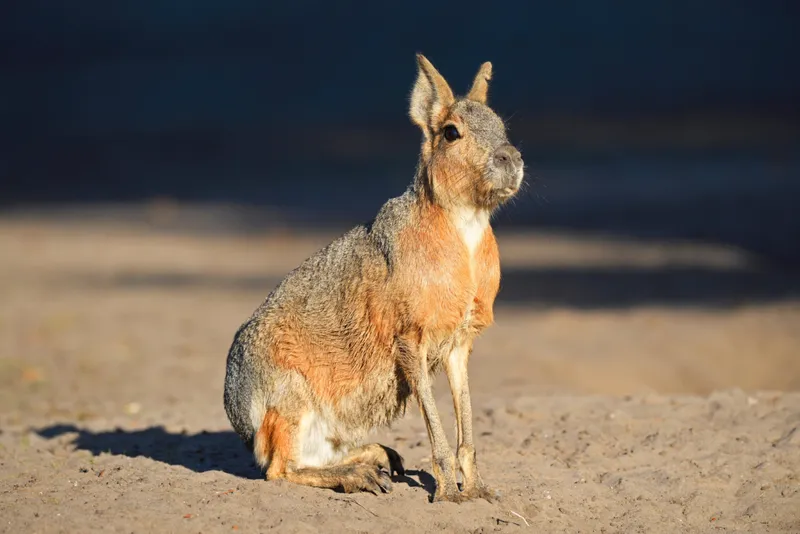
Alamy Stock Photo
They can grow to a maximum size of about thirty inches and are only found in Argentina. The mara is simple to identify due to the white underside as well as the orange flanks and chins. Their feet are crushed, giving them an almost hoof-like appearance. Although they frequently reproduce in enormous warrens with multiple other couples, they are monogamous.
17-Australian Peacock Spider
Numerous strange animals can be found in Australia. Although this colorful creature, which is barely five millimeters in size, doesn’t appear to be particularly threatening, many of them are dangerous as well. They are also simply amazing.
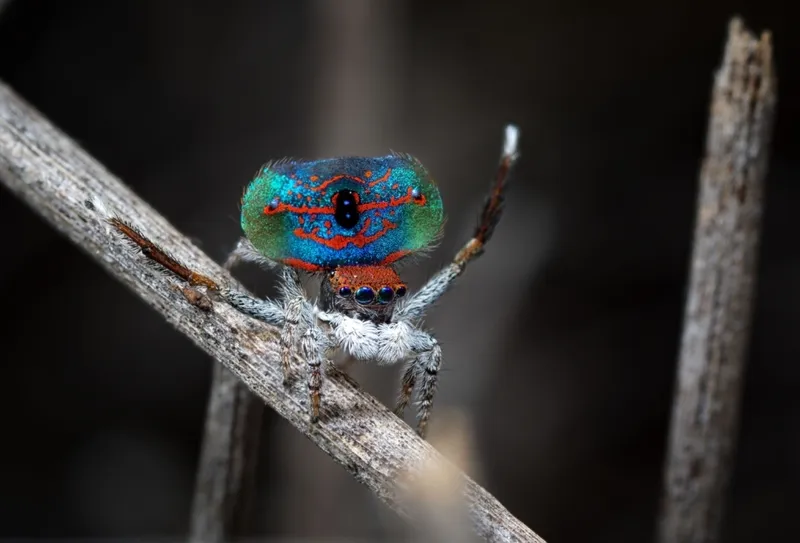
Alamy Stock Photo
These spiders go by the formal name “Maratus Jactatus,” but they also go by the much more amusing nickname “Sparklemuffin,” which comes from the scientist who found it, Madeline Girard. The males of these vibrant spiders not only have large, attractive bodies to draw the females, but they also slyly lift a leg off the ground to let them know they’re game for a little flirting.
18-Satanic Leaf-Tailed Gecko
Madagascar is home to a particular species of gecko known as the Satanic leaf-tailed gecko. We’re all curious where they came up with such a strange name. The Belgian naturalist George Boulenger gave this small gecko his name back in 1888.
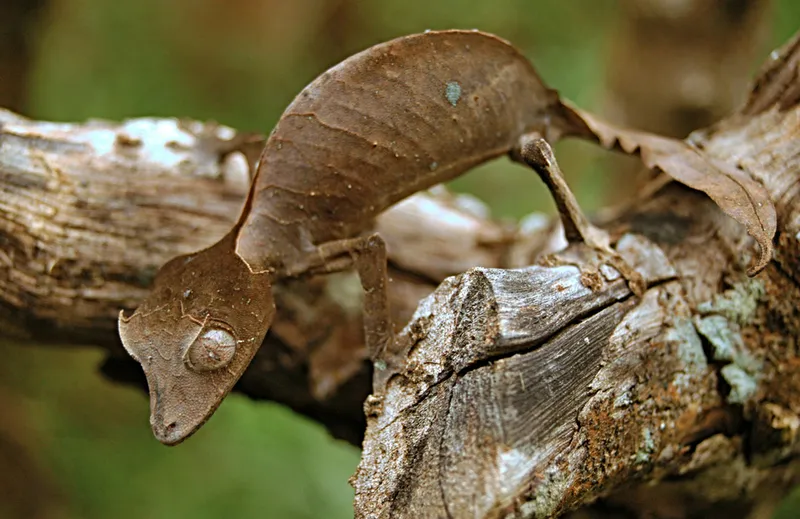
Shutterstock
Their flattened tail resembles a leaf, which aids in the animal’s ability to blend in with its surroundings.
19-Leafy Seadragon
The leafy seadragon is a charismatic species that lives throughout Australia’s southern and western shores. It has long leaflet protrusions all over its body that not only look magnificent but also act as camouflage.
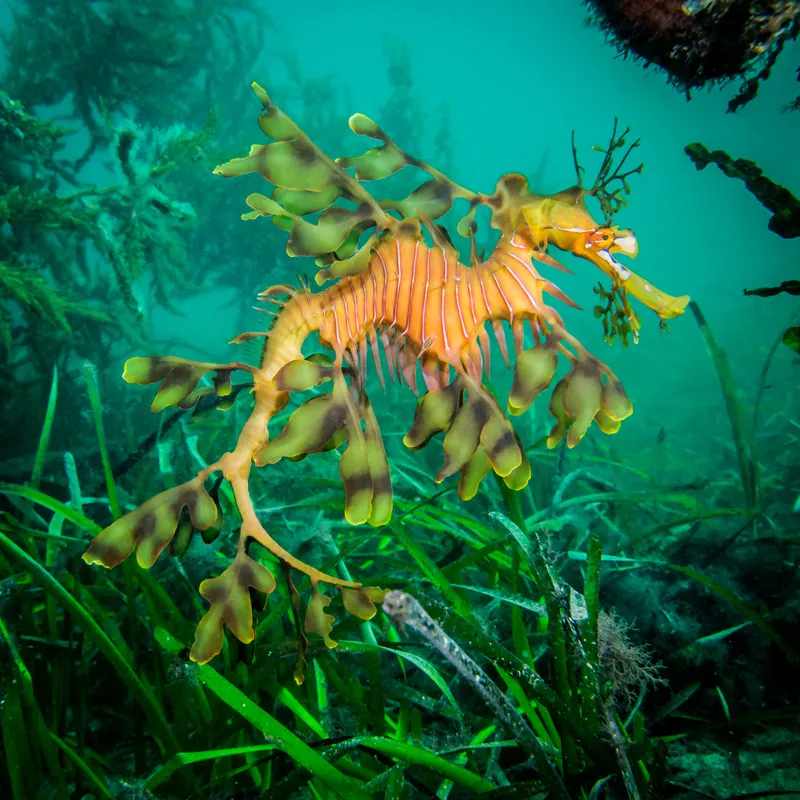
Shutterstock
They lack the specific pouch that male seahorses have. They carry their eggs under the tail instead.
20-Honduran White Bat
The Honduran white bat is distinguished by its distinctive white fur, gray hair tips, and oddly curved leaf-shaped nose. On the scale used by the International Union for Conservation of Nature, these adorable little white bats are regrettably categorized as ‘Near Threatened’.
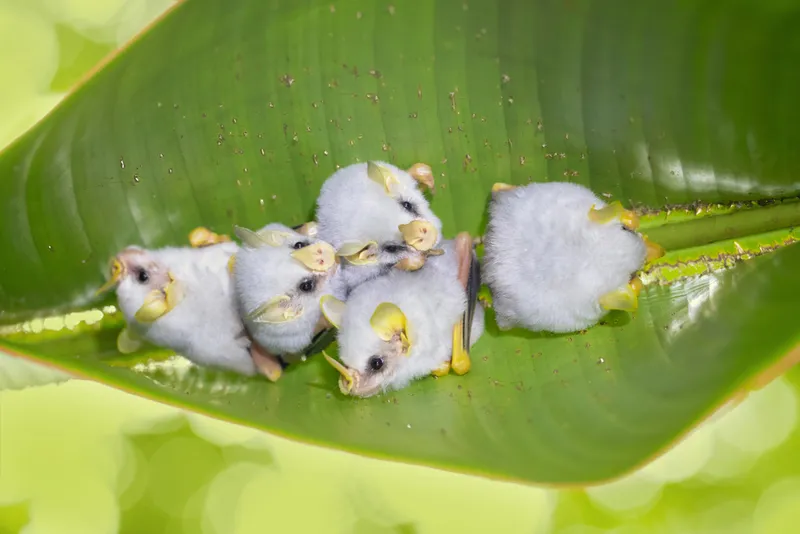
Shutterstock
By severing the side veins that emerge from the midrib of big leaves, they build leaf “tents” in which to live.
21-Panda Ant
This appears to be a Tim Burton-created ant! But while resembling an ant and being called one, it is a type of wingless wasp. Although they may appear to be innocuous little furry things, these fearless little animals have developed a reputation as “cow killers,” and they should not be taken lightly.
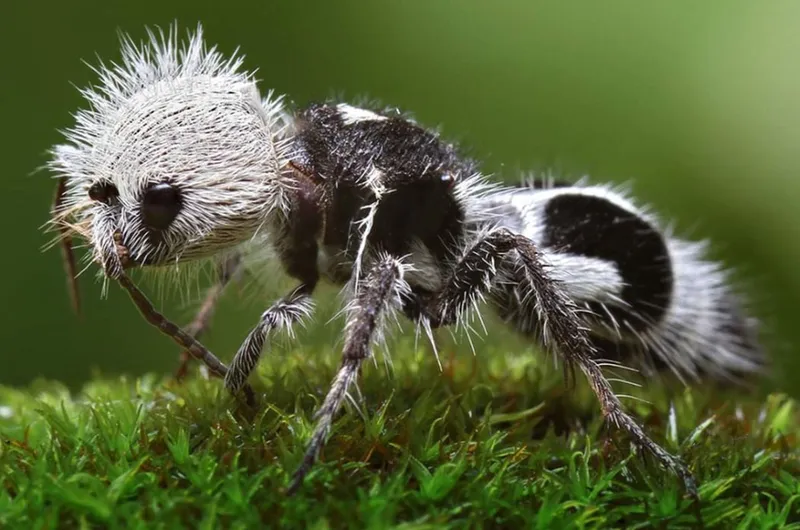
Shutterstock
The females lack wings but have thicker fur. The hairy panda ant has a two-year lifespan.
22-Glass Frog
This intriguing frog belongs to a species of frogs with transparent abdomens that can be found in Southern America. Because their interiors are visible through the skin, they are also known as “glass frogs.”
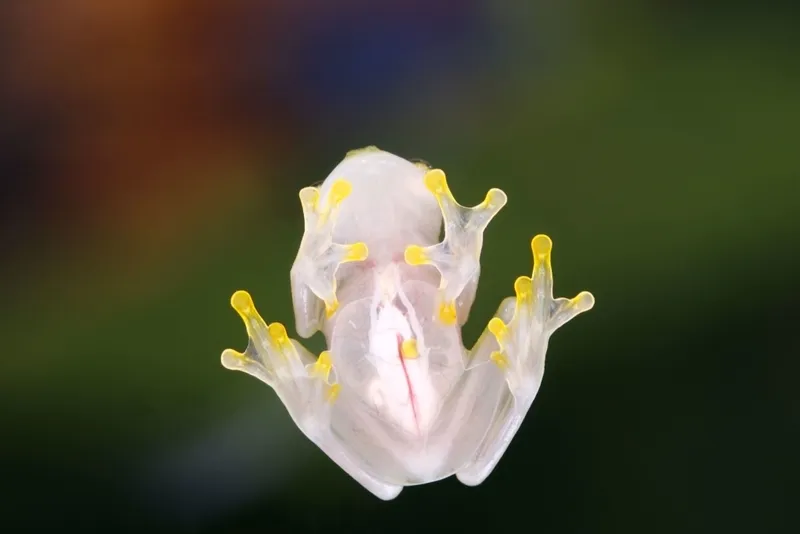
Alamy Stock Photo
Because of their voracious appetites, glass frogs are continuously looking for little insects to consume.
22-Tufted Deer
The tufted deer, a small species of deer found in central China, is distinguished by a high tuft of black hair on its forehead and, like most deer species, teeth that resemble fangs for the males. These are their fighting teeth, which resemble tusks.
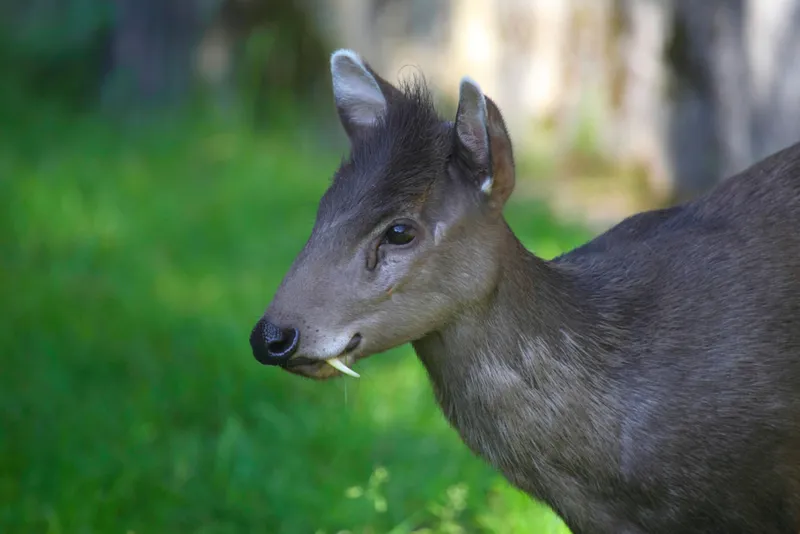
Alamy Stock Photo
Being a cautious creature that prefers to live alone, they occasionally dwell in couples and prefer to live in locations with protected woodlands where they can find adequate cover.
23-Macropinna Microstoma
This particular kind of fish can frequently be seen hanging practically motionless in the water at a depth of between 600 and 800 meters. With their incredibly sensitive tubular optics, they scan the sky for distant prey shadows.
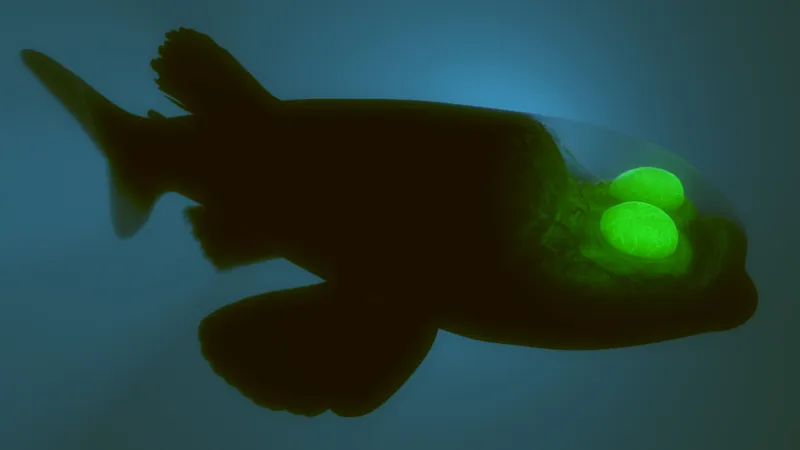
Shutterstock
It stands out thanks to the translucent, liquid-filled cap on its head that reveals the eyes’ lenses.
24-Dumbo Octopus
An umbrella octopus, like the endearing Dumbo octopus, can be found all over the planet. As a result of the creature’s ears resembling those of the movie’s titular character, they were given the name “Dumbo” by Disney.
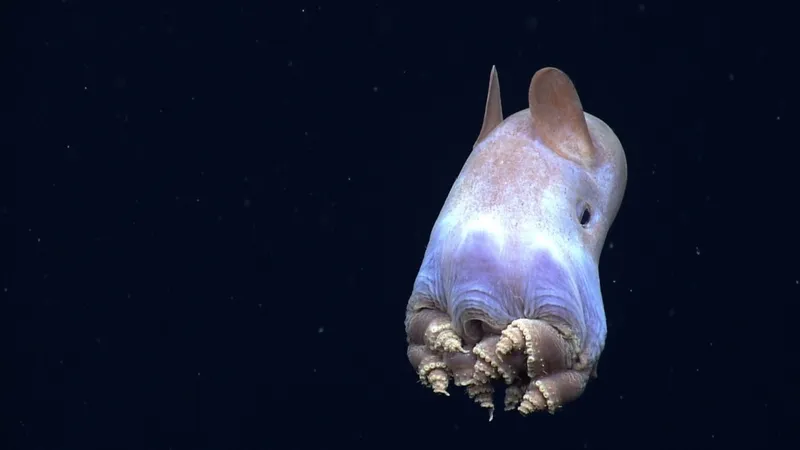
Alamy Stock Photo
Similar to squids, these organisms move through the water by flapping their “ears” or by funneling it through their body. These creatures are incredibly swift and may quickly elude predators due to their diminutive size and propensity for hiding.
25-Hairy Frog
You know you’re dealing with a genuine natural mystery when the top search result for hairy frogs asks whether these things are real or just a joke. These frogs, often referred to as Horror frogs and Wolverine frogs, are exceedingly strange and are primarily found in Central Africa.
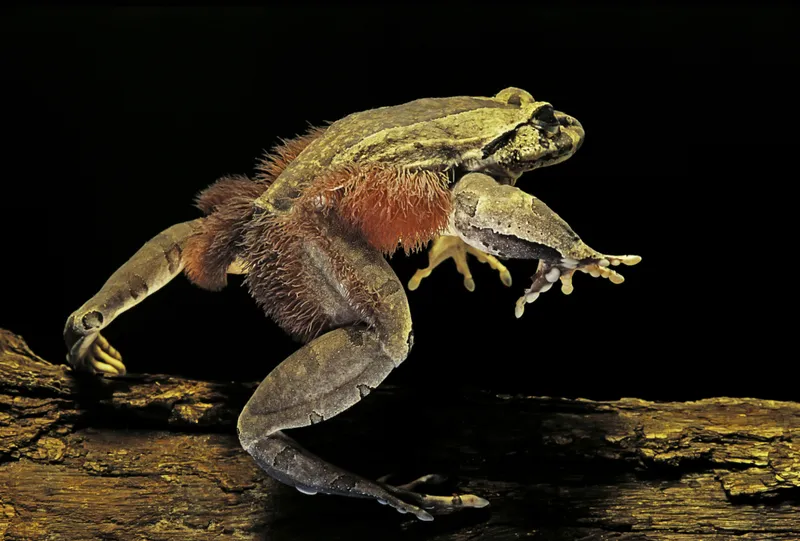
Getty Images Photo by Paul Starosta
Their name refers to the distinctive hair-like projections on their sides and rear legs, which are thought to improve their capacity to absorb oxygen. Wolverine frogs have sharp claws in their back feet that they develop by fracturing their bones as if that weren’t bizarre enough. Although this hasn’t been verified yet, scientists think these are employed in combat.
26-Purple Frog
One of the more unusual frog species is the purple frog, commonly referred to as the pig-nosed frog. During mating season, it can be found on the surface or underground in India’s Western Ghats, where it primarily inhabits. In contrast to its enormous size, the purple frog has extremely small arms and legs.
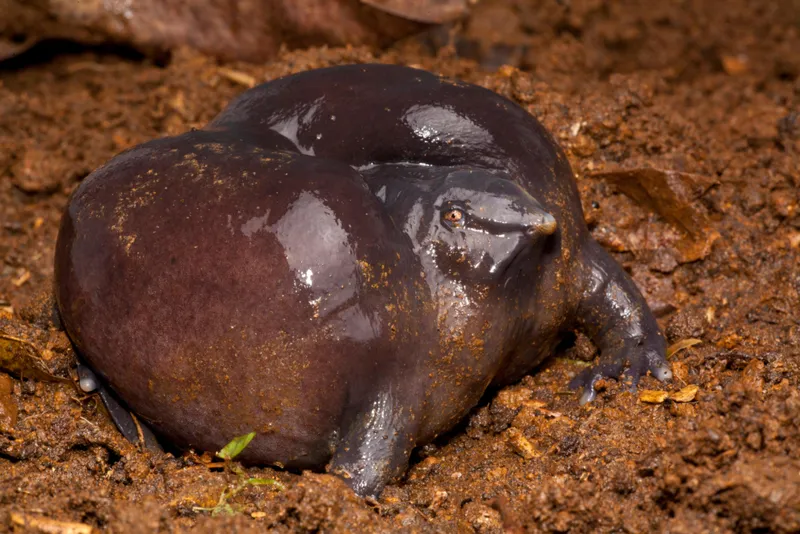
Alamy Stock Photo
In India, these poor frogs have become endangered because they are frequently killed and used as amulets. Their enormous proportions restrict them from jumping or moving swiftly, unlike most frogs. Although they are outwardly incomparably different, purple frogs cluck in a manner that is very similar to that of regular frogs.
27-Lowland Streaked Tenrec
The lowland streaking tenrec, according to many, is the hideous outcome of what Pikachu from Pokemon would be like in reality. This unusual rodent, which is native to Madagascar, is distinguished by its hedgehog-like long, spiky bristles that mimic hair. Over thousands of years, as it developed to thrive in the Madagascan jungles, the lowland streaking tenrec accumulated a variety of mutations and adaptations.
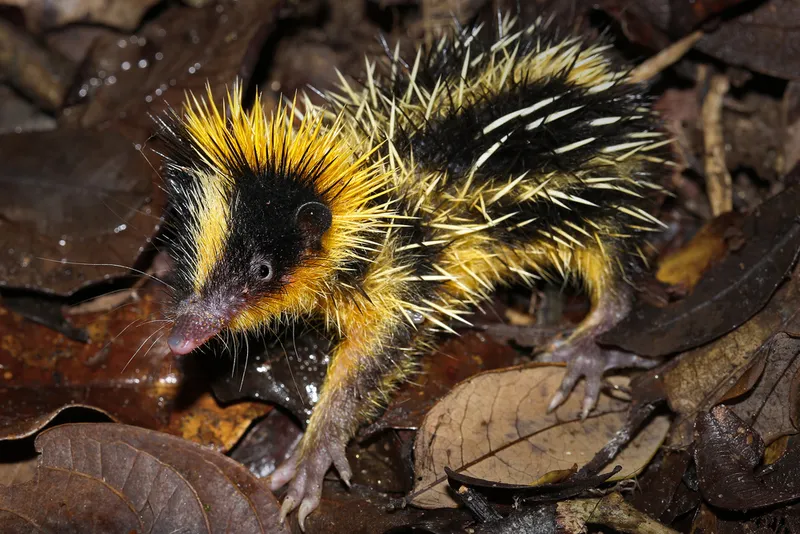
Shutterstock
On the island of Madagascar, there are currently 37 officially recognized species of tenrec. It might be wise to leave one of these alone if you ever come across one. You don’t want to get stabbed by their razor-sharp spikes, as their bite is highly painful.
28-Star-Nosed Mole
Another terrifying species on this list is the star-nosed mole, which looks like it may have come from the 1982 horror movie “The Thing.” With all the typical bells and whistles of this burrowing species, the Star-nosed mole is essentially hamster-sized. Its extraordinarily strange snout, which has over 25,000 sensors and can detect seismic activity, is what makes it so unusual and dangerous.
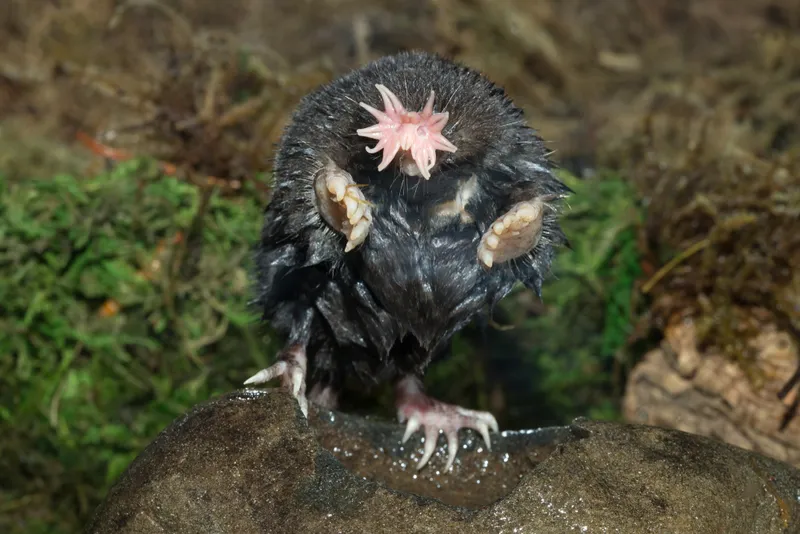
Shutterstock
The star-nosed mole’s star-shaped nose gives it exceptionally well-adapted sensory abilities even though it is blind. It is regarded as one of the fastest feeders in the world and can gather nearly five times as much data as a human hand. Even though it’s disgusting, this mole is quite skillful.
29-Blue Dragon (Glaucus Atlanticus)
The little sea slug Glaucus Atlanticus, also called The Blue Angel or The Blue Dragon, has an exceedingly unusual appearance. It only grows to a length of around 1.2 inches, making it a very small creature. They are relatively uncommon and are largely found in a select few unique locations in India. The Glaucus Atlanticus mostly hunts small open-ocean species with its deadly sting.
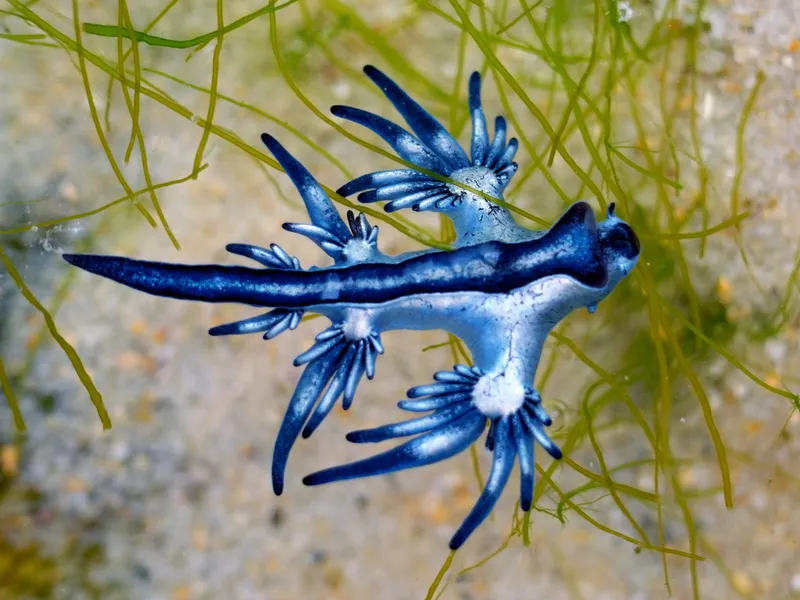
Shutterstock
Be careful not to touch one if you ever encounter one on a beach that washed up on the coast. Touching these slugs is extremely uncomfortable and even hazardous because they store poison that they acquire from the jellyfish they consume. It’s fine to just stand back and admire them from a distance; these are stunning and creatively stimulating creatures.
30-Mexican Mole Lizard
The Mexican mole lizard has arrived. One of only four amphisbaenians in the world with legs, this long, strange, and legless lizard has tiny T-Rex arms. It can be found in Baja California, which is just across from the state of California and is usually visible during the middle of summer. Although they are a strange sight to behold, they pose no threat.
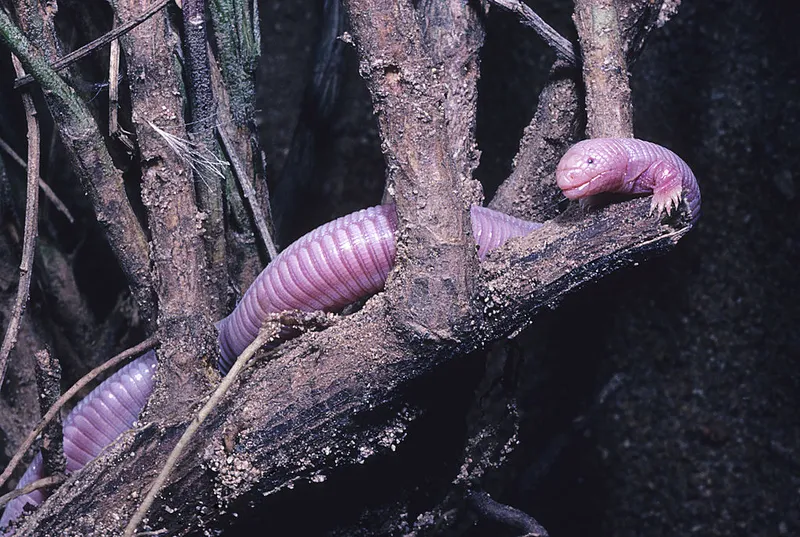
Getty Images Photo by Wild Horizons/Universal Images Group
Ants, termites, subsurface invertebrates, and worms are the main food sources for Mexican mole lizards. It prefers to hunt during the day and hibernate underground at night, making it well adapted for desert environments. Its primary method of escape, like that of many lizards, is to shed and then grow new skin. Mexican mole lizards can grow up to 9.4 inches in length, which is fairly long.
31-Pink Fairy Armadillo
Some people think armadillos are quite cute, while others view them as armored rats. Regardless, the pink fairy armadillo, which only gets up to 5 inches long, is undoubtedly one of the prettier varieties of the genus. This tiny creature prefers to live below and employs a clever biological technique to stay warm.
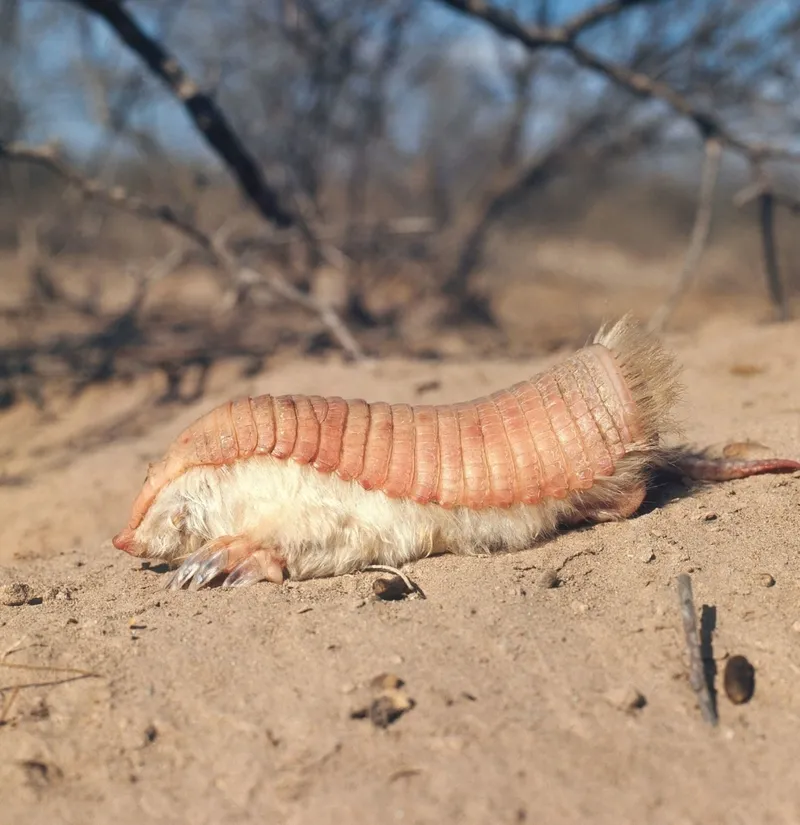
Alamy Stock Photo
The pink fairy armadillo pours blood into its armor, giving it a curiously skin-colored appearance. These tiny animals can be found in Argentina’s deserts, but because they spend their days underground, they are typically difficult to find and even more challenging to capture.
32-Matamata Turtle
The mata mata turtle is frequently described as the strangest turtle in the world. It comes from the heart of the Amazonian rainforest and has one of the strongest heads of any mammal. These large turtles, which can grow to be two feet long, are incredibly large. Because they can live up to 75 years, matamata turtles are renowned for having relatively extended life spans.
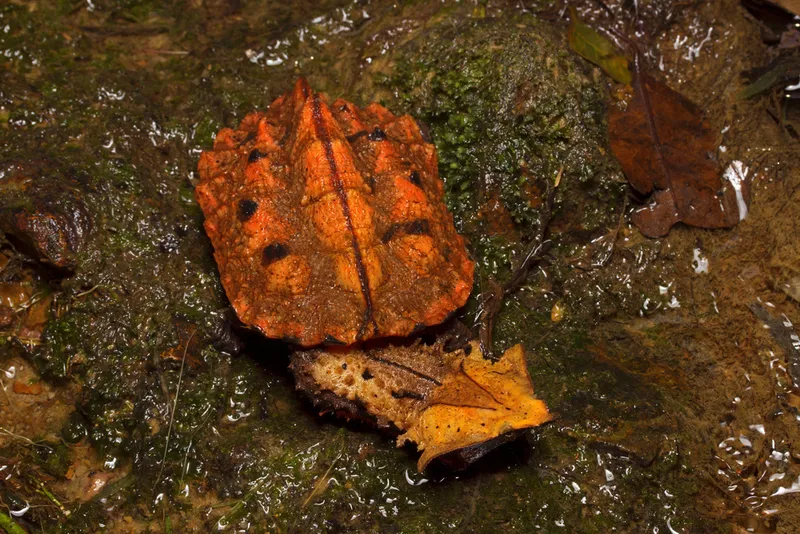
Shutterstock
Fish is their favorite food, and matamata turtles prefer to wait for food to come to them rather than actively seeking it out. The mata turtle simply opens its mouth, sucks in the small marine critter, and bites down swiftly to ensure a delicious feast when it is close enough.
33-Ctenophora
The Ctenophora, commonly referred to as a comb jelly, is a distant relative of the jellyfish despite having an alien-jellyfish hybrid appearance. Being an undersea predator, it frequently consumes anything from tiny crustaceans to microscopic larvae. The Ctenophora is one of the planet Earth’s oldest living organisms and dates back hundreds of millions of years.
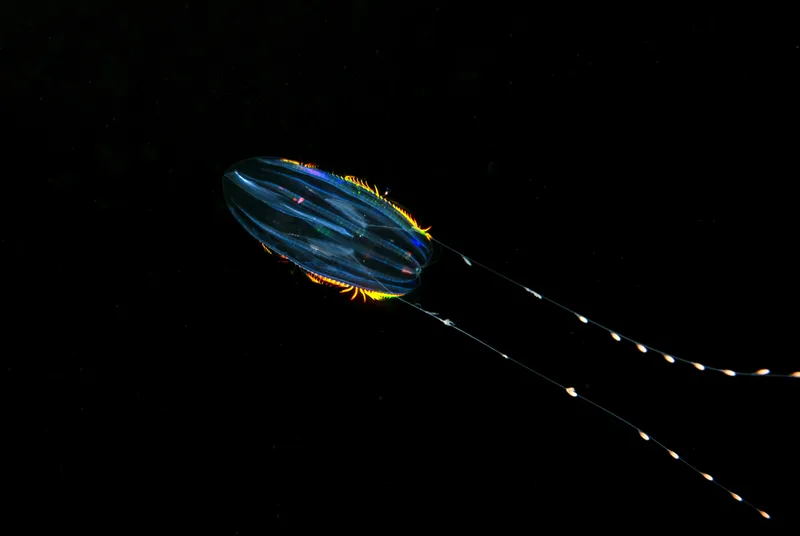
Shutterstock
This aquatic species has eight rows of combs that it uses for swimming. Although it lacks a brain and a central nervous system, it can nevertheless locate and trap prey by using its nerve endings. Although it isn’t the most bizarre aquatic animal on this list, it is undoubtedly one of the most eye-catching.
Conclusion:
As we’ve journeyed through this captivating collection of over 30 bizarre animals, it’s evident that our planet’s biodiversity is nothing short of astonishing. These remarkable creatures remind us that the natural world is brimming with surprises, defying expectations and inviting us to marvel at its ingenuity. From the depths of the ocean to the heights of the mountains, these animals illuminate the vastness of life’s possibilities. So, the next time you encounter an unusual animal, remember that there’s a world of wonder waiting to be explored.
If you enjoyed our article, please consider hitting the “share” button.

